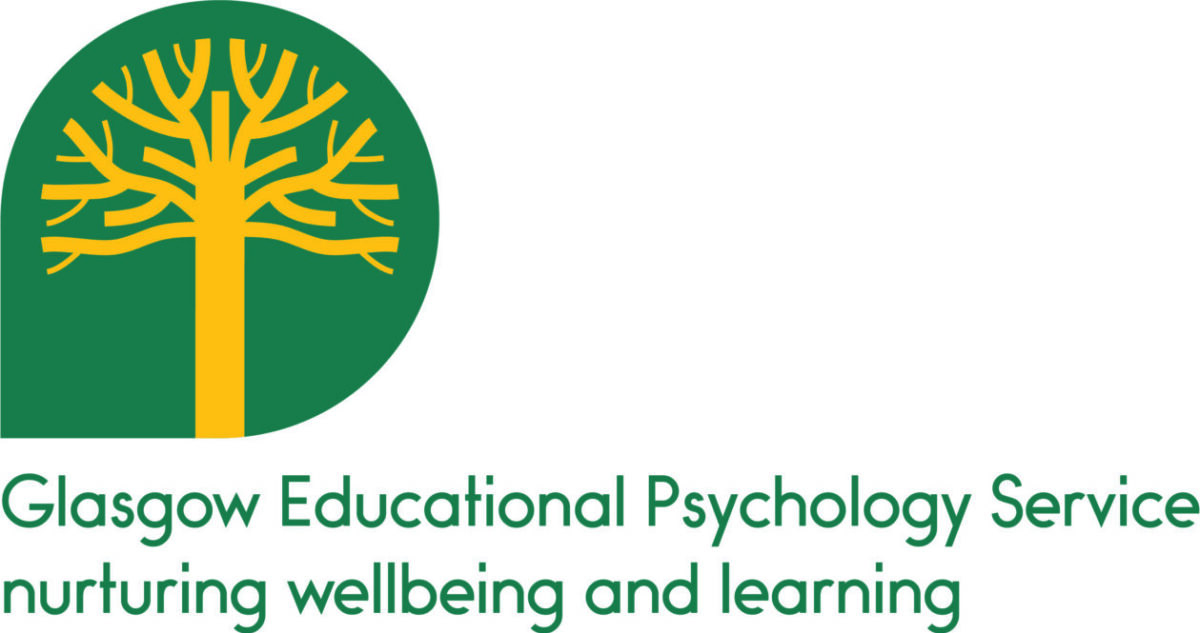Thinglink – Meaningful Involvement of Children and Young People in Decision Making Guidance
Please explore the guidance, which was co-created with a group of Glasgow young people, by clicking on the image or link above.
Links to supporting materials
-
- Voice Supporting Approaches and Tools – a document with information on approaches to support children and young people to explore and express their perspective, organised by communication stage.
- If you have gathered a child or young person’s views to support individual planning consider feeding back using the template – My views and how they will be used or adapt this to a format that best suits the child or young person’s needs.
- My plan can help you create a plan together or share the impact of their views on their plan.
- Consider evaluating their experience of being involved to inform your future practice using the Evaluation of children and young people’s involvement in planning form. Where possible, it may be best if someone who has a good relationship with the child or young person, but was not involved in gathering their views or planning, completes this with the child or young person. Where this is not possible, ensure the child or young person feels safe to express any opinion on the process and let them know the purpose is to know how adults can do better next time.


